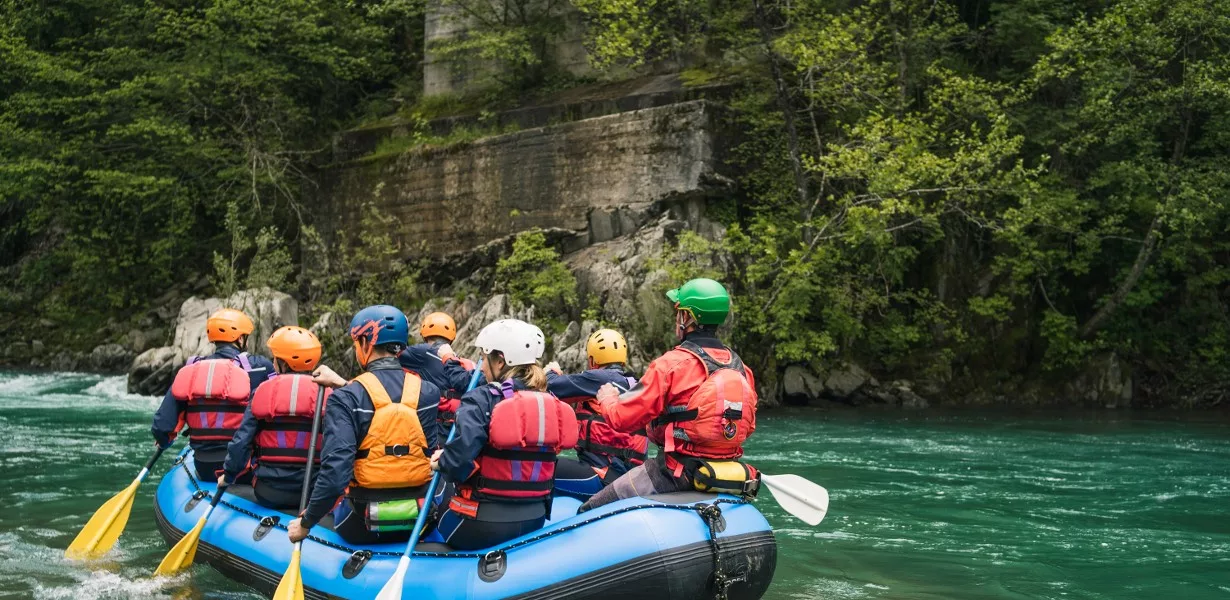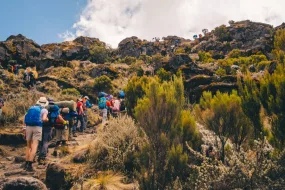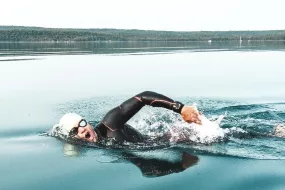
Welcome to our guide on rafting, an exhilarating adventure sport that takes you on a journey through untamed rivers and wild rapids. In this comprehensive article, we will delve into the world of adventure sports rafting, exploring the excitement, challenges, and sheer thrill of navigating roaring whitewater. Whether you’re a beginner seeking to learn more about rafting or a seasoned adventurer looking for valuable insights, this guide will provide you with detailed information and actionable tips to enhance your rafting experience.
Embarking on the Rapids: Understanding Adventure Sports Rafting
Adventure sports rafting is a thrilling and adrenaline-pumping activity that involves navigating inflatable rafts through swift-flowing rivers and tackling challenging rapids. It is an immersive experience that allows participants to work as a team, test their skills, and conquer the untamed forces of nature. Rafting excursions take place in various locations, ranging from tranquil rivers suitable for beginners to intense and demanding rapids for experienced adventurers seeking a heart-pounding adrenaline rush.
The Essential Equipment for Rafting
Before embarking on your rafting adventure, it’s essential to familiarize yourself with the necessary equipment that ensures your safety and enhances your overall experience. The key equipment includes:
1. Raft: The raft is the primary vessel used in rafting, typically made of durable and buoyant materials. It can accommodate multiple passengers and is designed to withstand the challenges of navigating whitewater.
2. Paddles: Paddles are essential tools for steering the raft and propelling it through the water. They come in different sizes and are specifically designed for efficient paddling techniques.
3. Personal Flotation Device (PFD): Also known as a life jacket, a PFD is a crucial safety item that each participant must wear. It provides buoyancy and keeps individuals afloat in the water, offering protection in case of accidental falls or capsizing.
4. Helmet: A helmet is a vital piece of safety equipment that protects your head from potential impacts with rocks or other obstacles during the rafting journey.
5. Wetsuit and River Shoes: Depending on the water temperature, it may be necessary to wear a wetsuit to stay warm. River shoes provide good traction and protect your feet from sharp objects while walking on riverbanks or getting in and out of the raft.
6. Throw Bag and Rescue Equipment: In case of emergencies, each raft should be equipped with throw bags and rescue ropes to assist in rescuing someone who has fallen into the water.
FAQ:
Q1. Is rafting a safe sport?
While rafting involves inherent risks, when conducted with proper safety measures, professional guides, and suitable equipment, it can be a relatively safe and thrilling adventure sport. It is important to choose reputable rafting companies that prioritize safety, follow guidelines, and provide thorough instructions to participants.
Q2. What is the ideal season for rafting?
The ideal rafting season varies depending on the location and the river being navigated. Generally, rafting is popular during the spring and summer months when rivers have higher water levels due to melting snow or increased rainfall. It’s essential to check with local rafting operators to determine the best time to embark on your rafting adventure.
Q3. What are the different difficulty levels of rapids?
Rapids are categorized on a scale from Class I (easy) to Class V (extremely difficult and dangerous). Each class represents different levels of technical skill, water flow, and challenges. Beginners are advised to start with Class I or II rapids and gradually progress to more challenging levels as they gain experience and confidence.
Q4. Can I go rafting if I can’t swim?
While swimming skills can be beneficial, it is not a prerequisite for rafting. The personal flotation device (PFD) provided to each participant ensures buoyancy and helps individuals stay afloat in the water. However, it is essential to inform your rafting guide about your swimming ability so that they can provide appropriate guidance and take necessary precautions.
Q5. What should I wear during a rafting trip?
It is recommended to wear comfortable and quick-drying clothing suitable for the prevailing weather conditions. Depending on the water temperature, a wetsuit or additional layers may be required for insulation. Avoid wearing cotton, as it retains moisture and can make you feel cold and uncomfortable.
Conclusion
Rafting offers an unforgettable adventure, allowing you to immerse yourself in the power of untamed rivers and conquer challenging rapids. From the rush of adrenaline to the camaraderie of teamwork, this thrilling sport combines excitement and natural beauty in a unique way. By understanding the equipment, safety measures, and different levels of difficulty, you can embark on a rafting expedition with confidence. So, gear up, paddle through the rapids, and experience the sheer joy of adventure sports rafting. Unleash your inner explorer and create memories that will last a lifetime.
Advertisement









